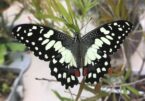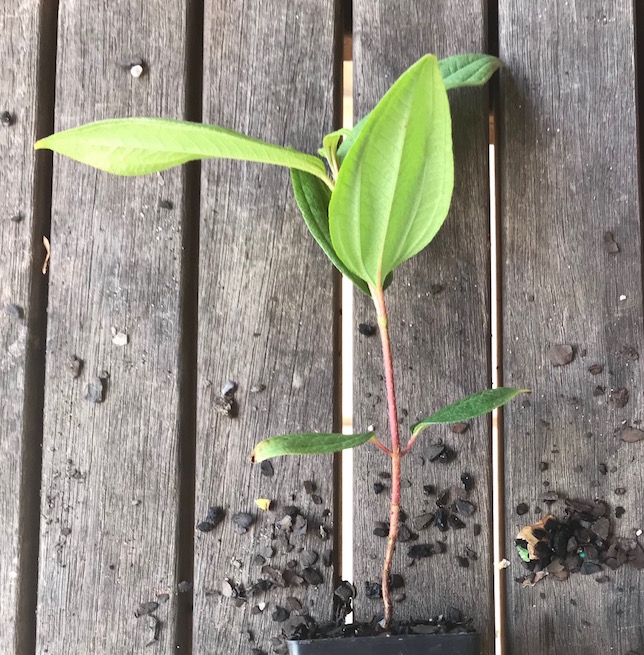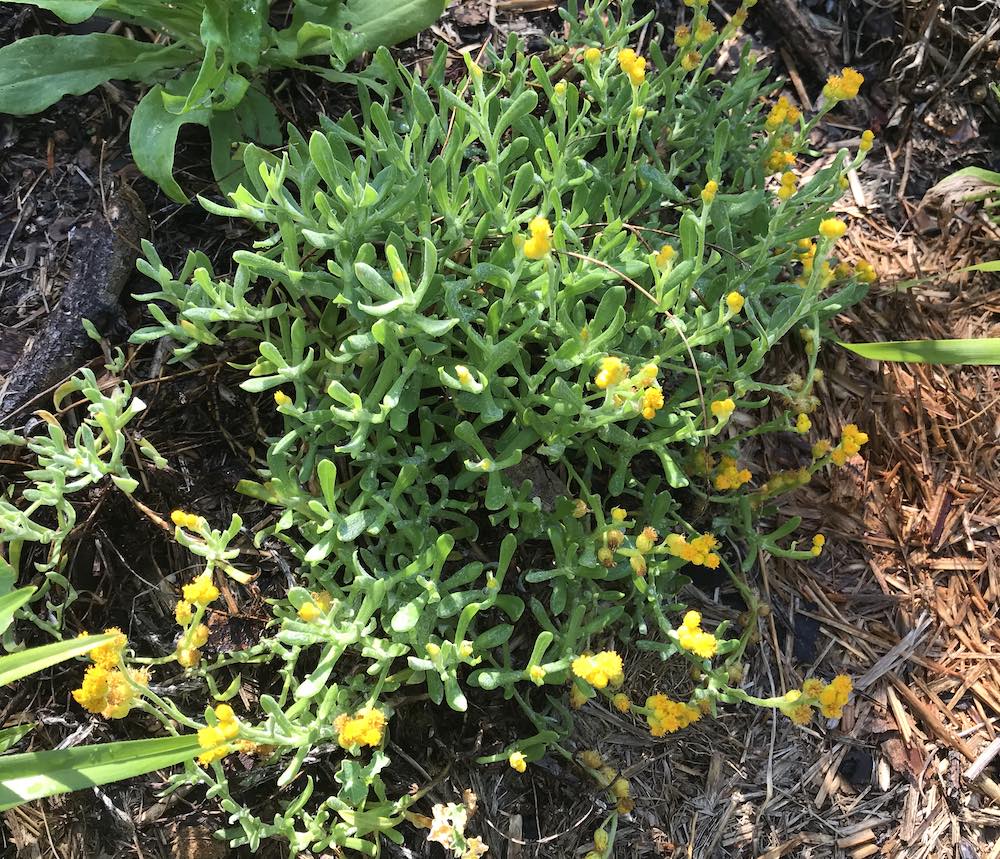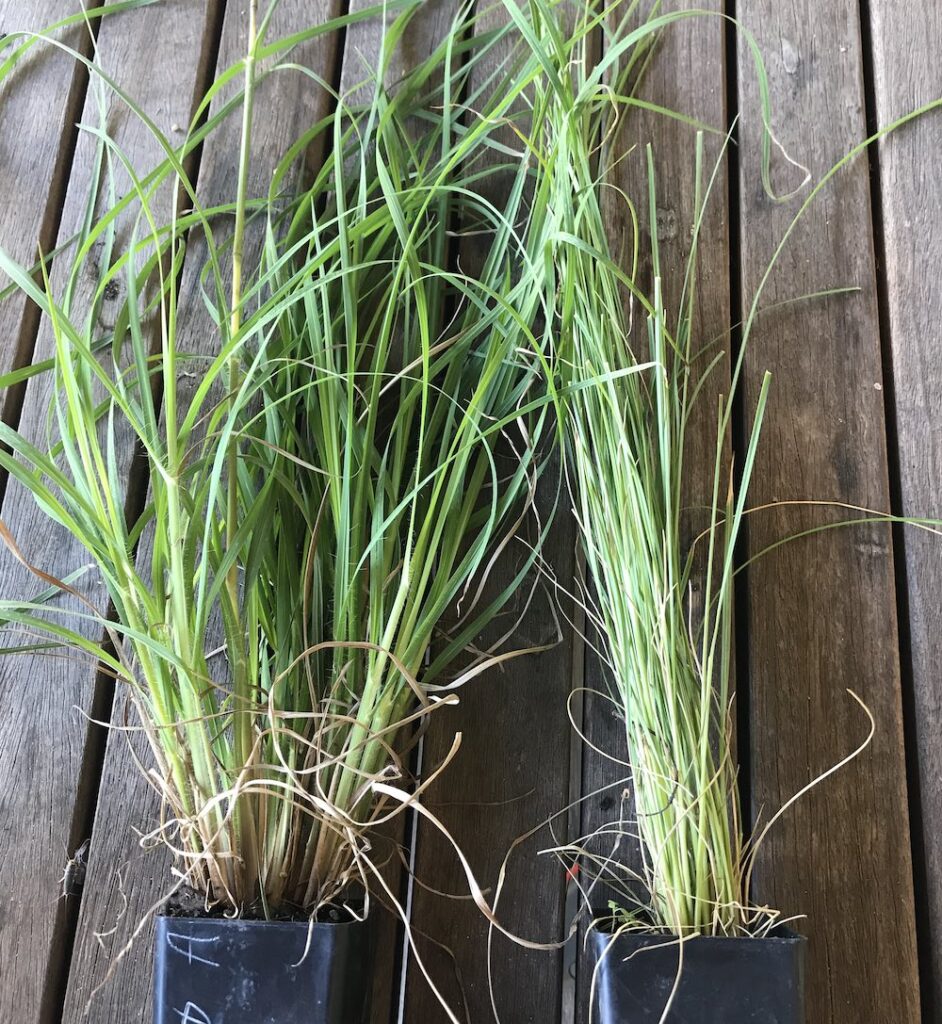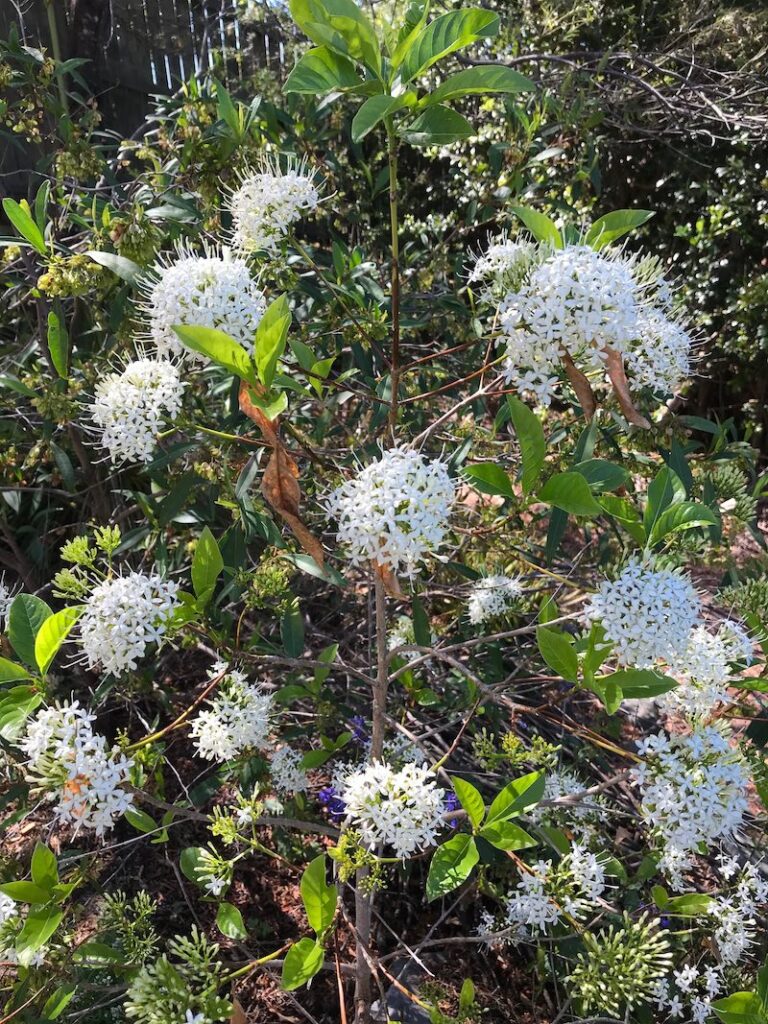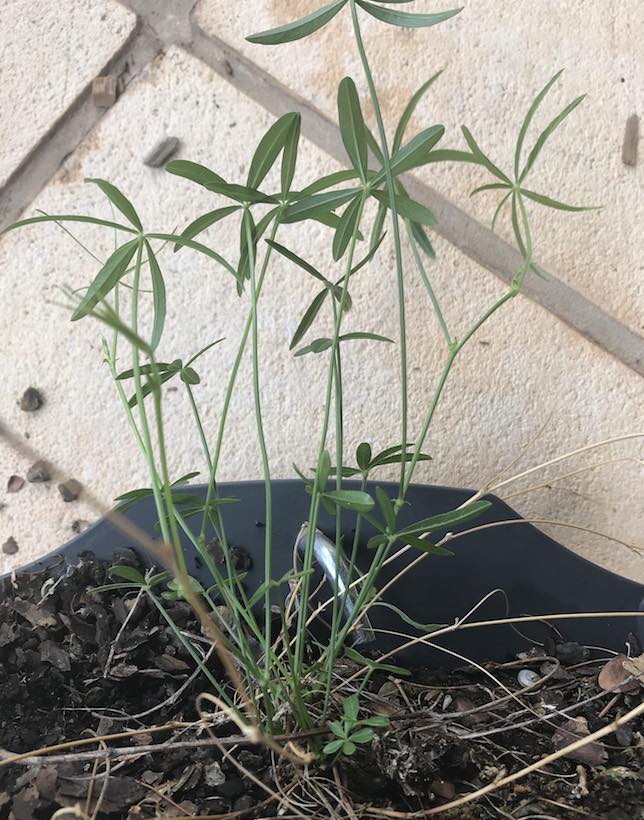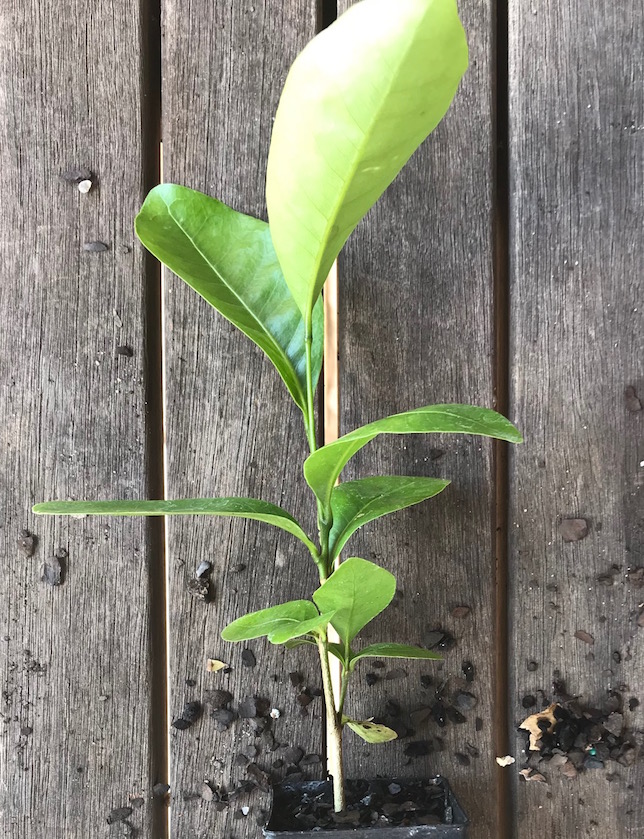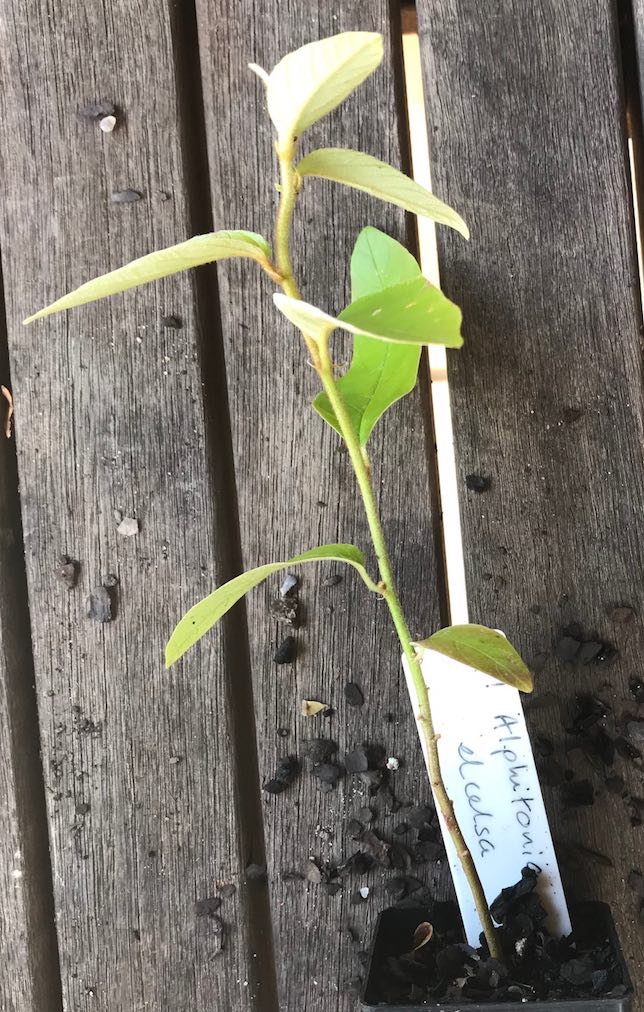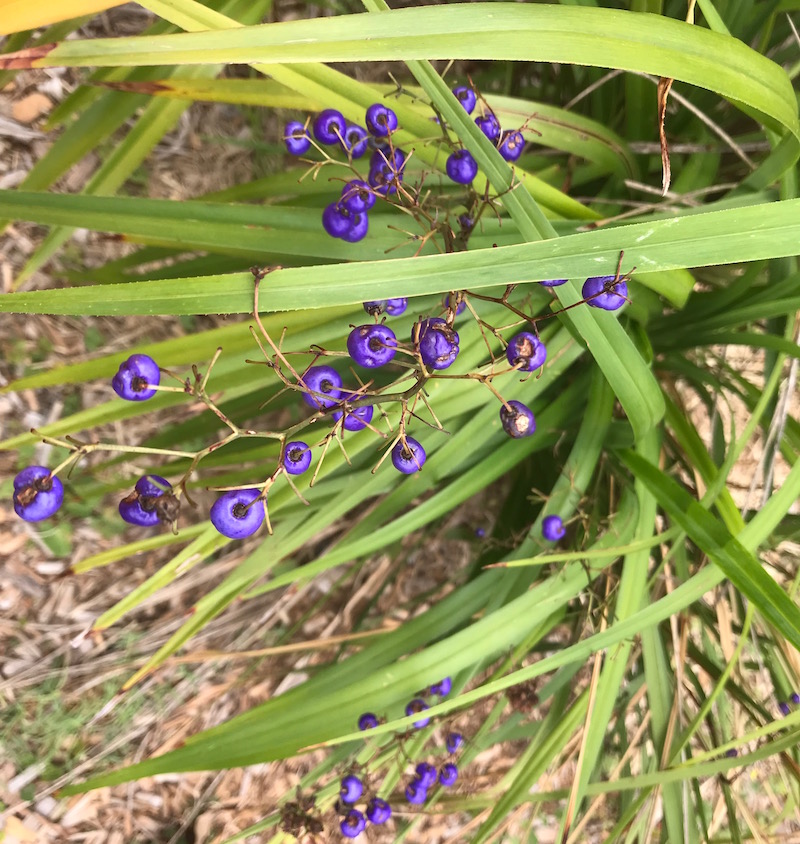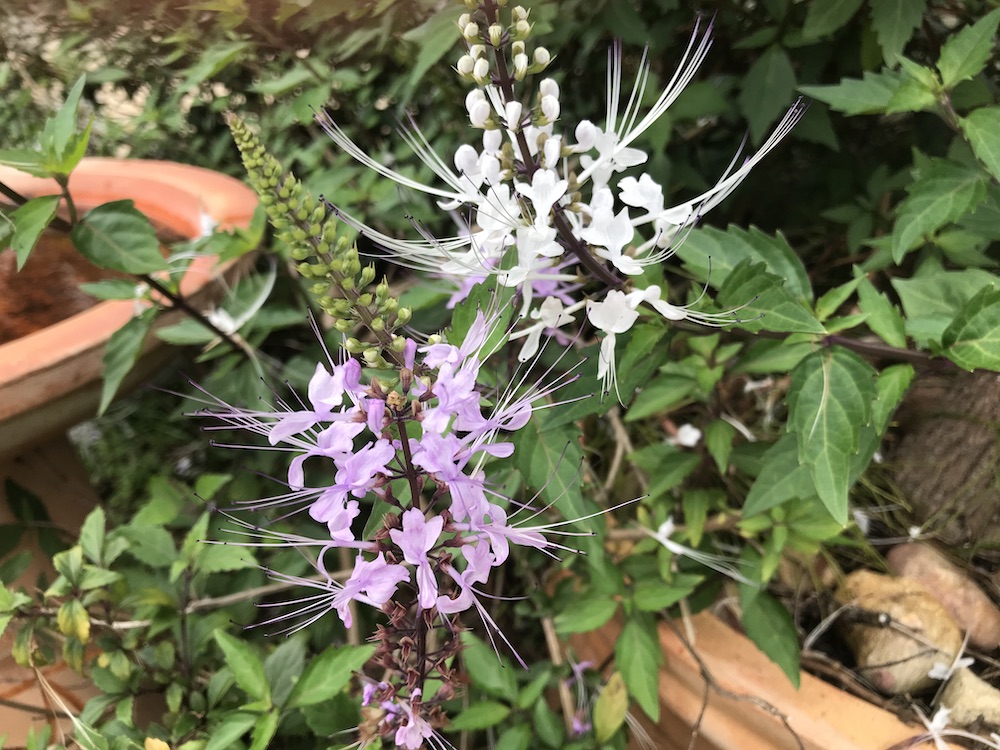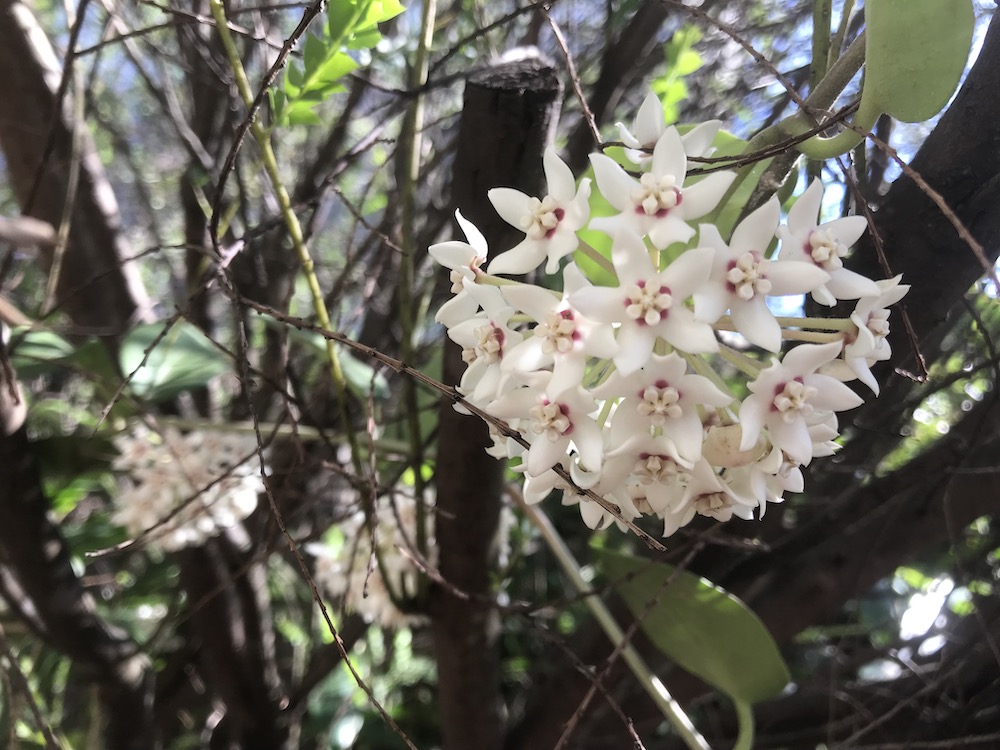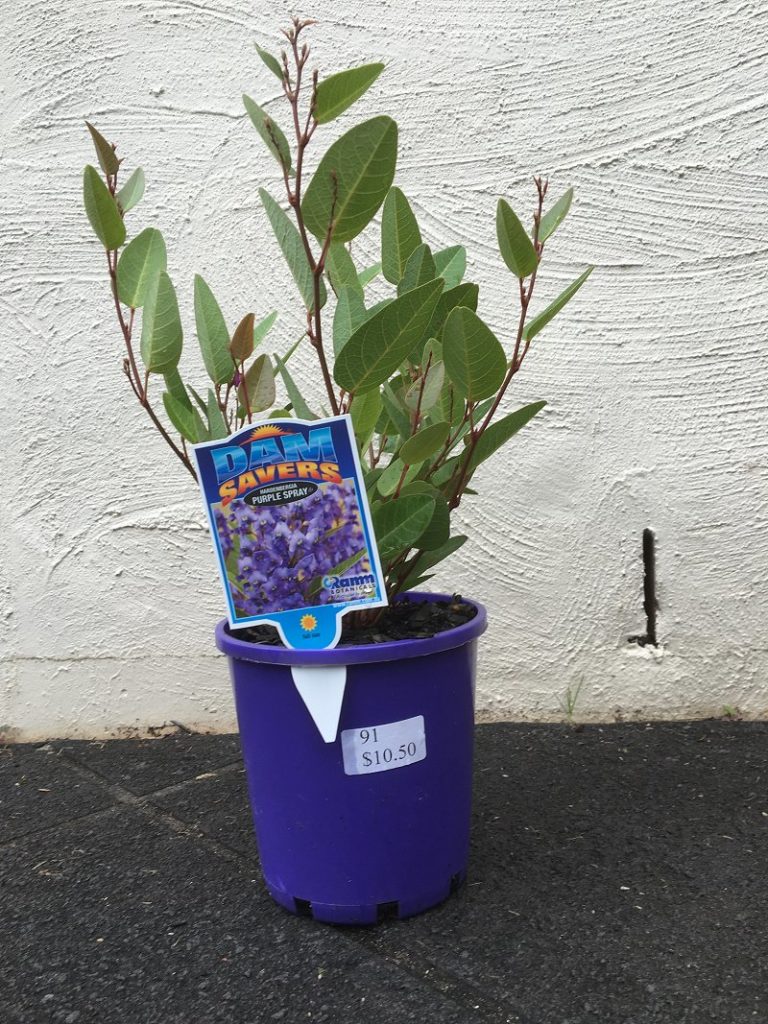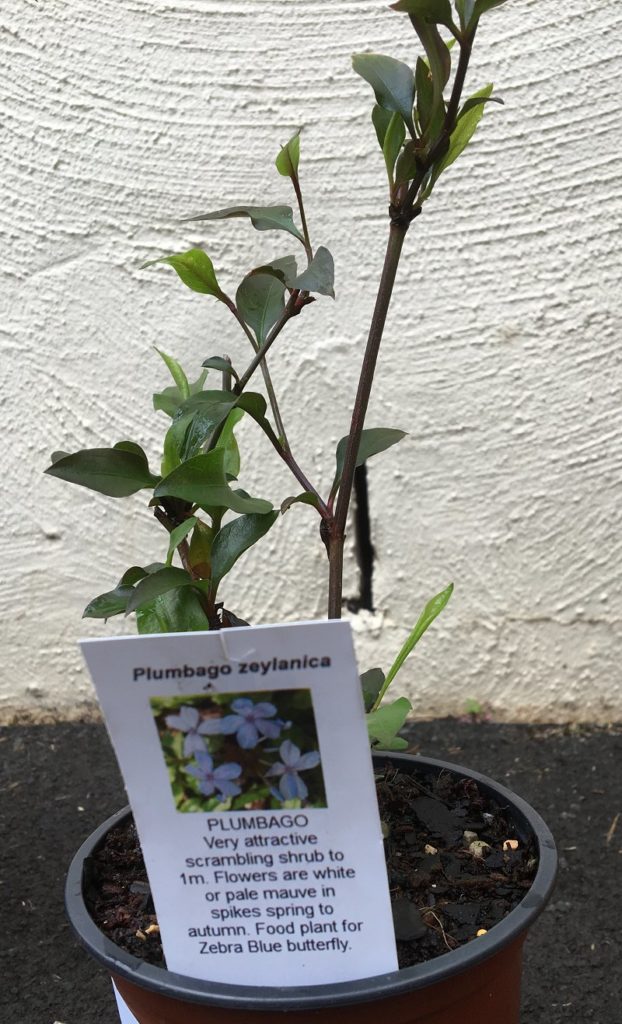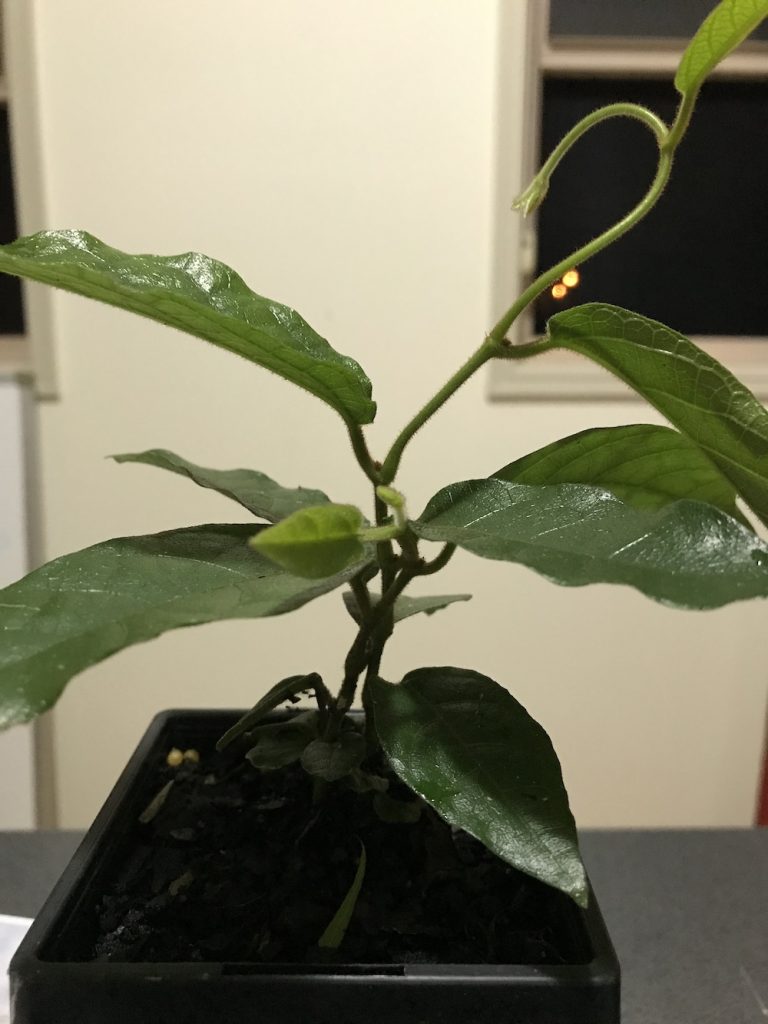Chrysalis of an Orchard Swallowtail on Finger Lime
Today I noticed the finger lime in the front garden was almost leafless. At first I assumed it was another casualty of the flooding rains of early March 2022. But on closer inpection… I’d say this is the chrysalis of an Orchard Swallowtail butterfly. They’ve been breeding on the K-lime on the other side of […]
Chrysalis of an Orchard Swallowtail on Finger Lime Read More »
